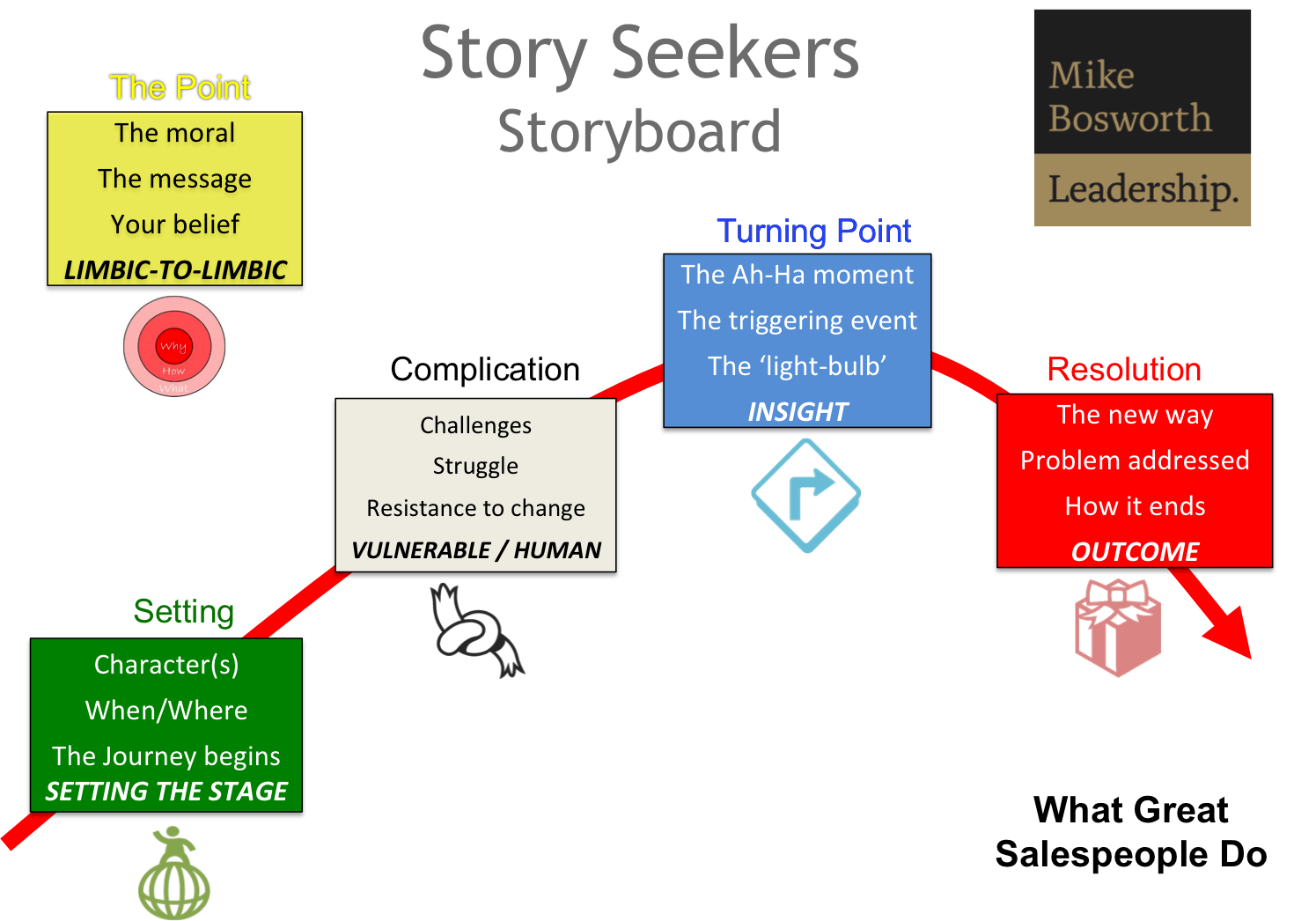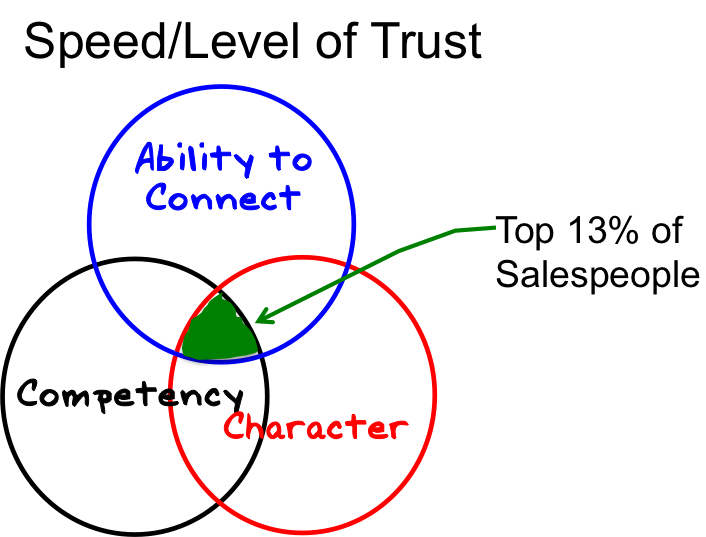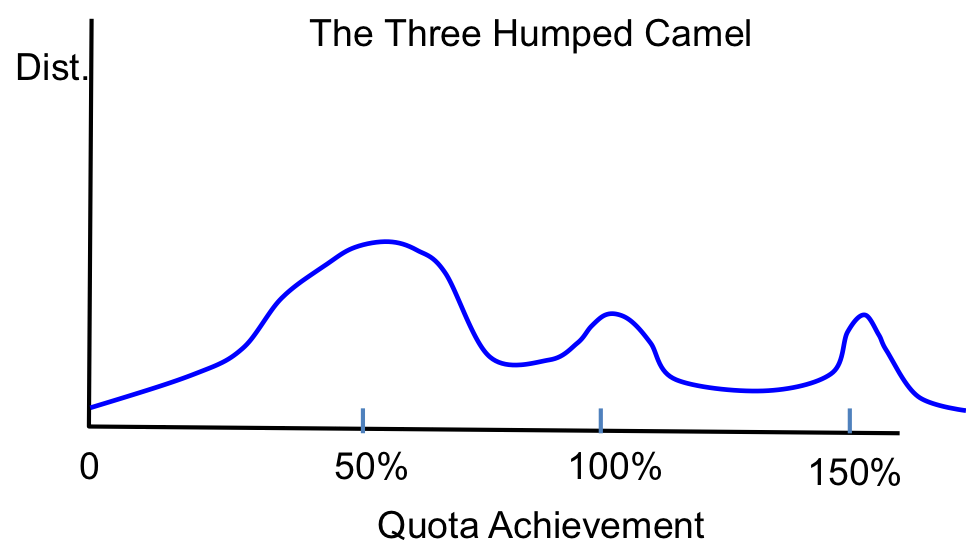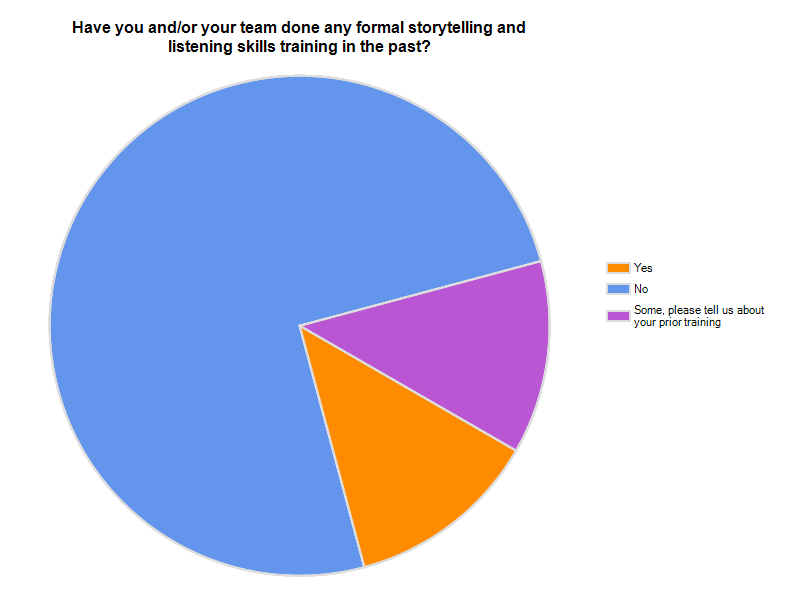The night before the messaging workshop my client requested that we use a different approach to creating the messaging, which made my PowerPoint deck redundant. Fortunately the client had a whiteboard and a flip chart handy.
Starting a Meeting with a Story
To kick off a 3-day workshop, I still needed engagement and buy-in from the audience. My sponsor in the messaging workshop and I had worked on a similar messaging and sales enablement project several years earlier, which was transformational for his company and he introduced me and told his version of the "Who I've Helped Story" of our prior engagement, from the customers point of view, which was fantastic as this story is always more powerful coming from the customer, vs. the supplier.Since many of the participants did not know me, I started with my "Who I Am" story. In 90 seconds I told the story of the past 10 years of my professional life as a consultant. It wasn't a story about how fantastic I am - it was about the journey, the struggle and the lessons learned, that give me unique insight.
- In 2003 I was staring down the barrel of a 2nd lay-off in 2 years. (setting stage & vulnerability)
- Realized customers had changed and I hadn't. (journey begins)
- Didn't have 20 years selling experience - really had 1 year experience repeated 20 years over. (vulnerability)
- Started a search for new ideas, journey of discovery - (call to adventure)
- (Joke) My wife heard me practicing my story - she said "keep looking" (humor)
- Moved to UK, started a sales training consultancy (transition)
- First graduates could get meetings with CXO's, but when they got there would revert to "product-speak" - Realized they needed messaging to help engage buyers around their issues. Started messaging which has been a part of every engagement since. (struggle + Insight)
- In 2008 we had customers, but no leads - introduced to HubSpot and started creating content and generating leads and has become a part of our DNA. Messaging now used to drive content marketing. (experience + lightbulb moment)
- 2010 relocated back to USA and met Corey Sommers at Whiteboard Selling, invited me to work with him to use my sales training experience and messaging skills to create visual stories. (relevant experience)
- 2013 connected with Mike Bosworth and learned story telling, come full circle - that's why were here - capture your message so everyone can tell your story. (call to action and resolution)
Using a Curiosity Hook for Enrolment
After I told my "Who-I-am" story, I drew three large numbers on the flip chart.I asked the audience what they thought the






